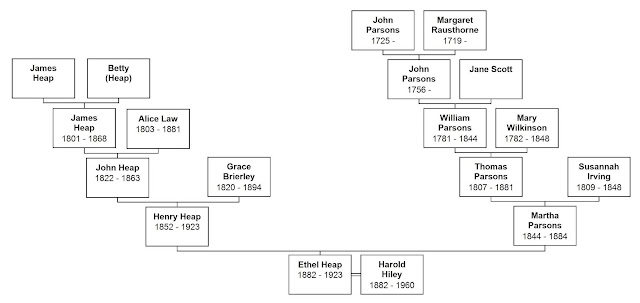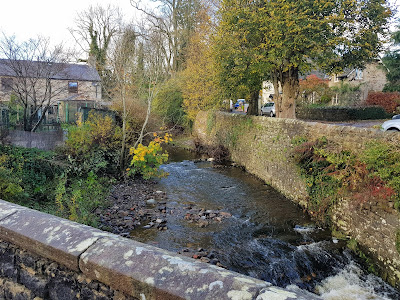 |
| Henry at Portsmouth 1940 |
 |
| Display frame for Henry's medals |
1 1939-1945 Star
Dark blue, red and light blue in three equal vertical stripes. This ribbon is worn with the dark blue stripes furthest from the left shoulder.
The ribbon has three vertical stripes of dark blue, red and light blue. The dark blue stripe represents the Naval Forces and the Merchant Navy, the red stripe the Armies and the light blue stripe the Air Forces. The ribbon for this medal, along with those of the other Second World War campaign stars, is reputed to have been designed by King George VI, with the three equal bands representing the equal contributions towards victory of the Royal Navy, Army, and the Royal Air Force respectively.
Blue, white and sea green shaded and watered. This ribbon is worn with the blue edge furthest from the left shoulder.
This star is a campaign medal of the British Commonwealth that was awarded for service in World War 2. The star was awarded for six months service afloat, in the Atlantic or in Home Waters, within the period 3 September 1939 to 8 May 1945. The 1939-45 Star must have been earned before commencing qualifying service for the Atlantic Star.
The France and Germany Clasp was awarded to those who subsequently became entitled to the France and Germany star.
 Pale buff, with a central vertical red stripe and two narrower stripes, one dark blue, and the other light blue. This ribbon is worn with the dark blue stripe furthest from the left shoulder.
Pale buff, with a central vertical red stripe and two narrower stripes, one dark blue, and the other light blue. This ribbon is worn with the dark blue stripe furthest from the left shoulder. The star was awarded for a minimum of one day service in an operational area of North Africa between 10 June 1940 and 12 May 1943. Naval personnel anywhere at sea in the Mediterranean or in harbour in North Africa, Malta or Egypt between the above dates will qualify.
The sand of the desert is represented by pale buff, the Royal Navy (and Merchant Navy), British Army and Royal Air Force are represented by stripes of dark blue, red, and light blue respectively.
Flame coloured in the centre flanked by stripes of green to symbolise enemy attacks on Britain’s green and pleasant land, with narrow black stripes to represent the blackout.

A narrow central red stripe with a narrow white stripe on either side. A broad red stripe at either edge, and two intervening stripes in blue.
The War Medal was awarded to all full time personnel of the armed forces wherever they were serving, provided they had served for at least 28 days between 3 September 1939 and 2 September 1945. Sometimes described as the 'Victory Medal'.
The colours represent those of the Union Flag.
- - - - - - - - - - - - - - - - - - - - - - - - - - - - - - - - - - - - - - - - - - - - - - - - - - - - - - - - - - - - - - - - - - - - - - -
Malta GC Commemorative Medal
The medal was awarded for service during the qualifying period of 10 June 1940 to 8 September 1943 during and after the Siege of Malta.
The colours of the ribbon, two narrow stripes of white and red on a background of blue, are representative of the Malta flag and the George Cross.
The three colours represent the forces which were involved in the campaign, light blue for the Air Forces, dark blue for the Navy and red for the Merchant Navy, while the central white band, edged in black, represents the Arctic.













































